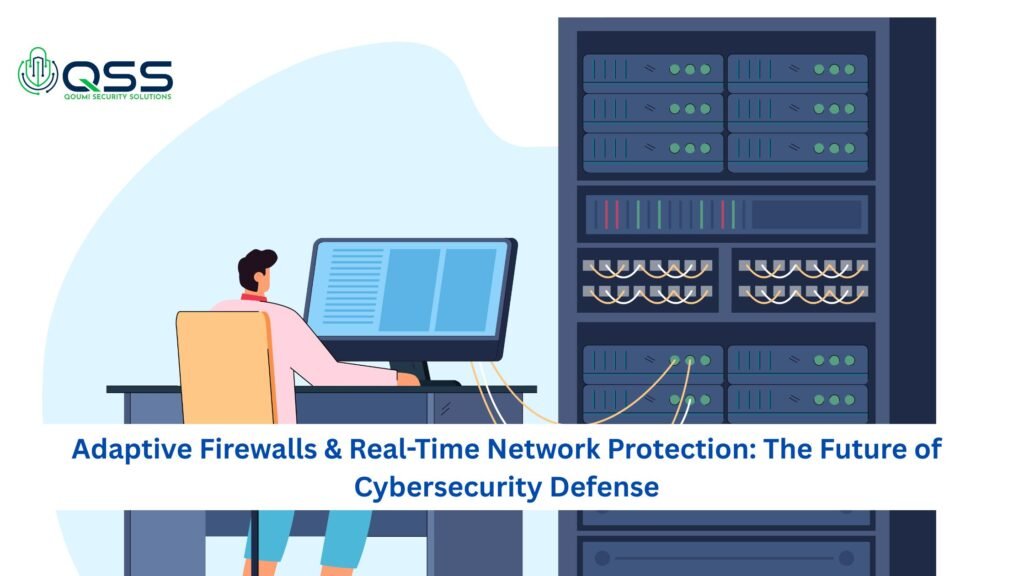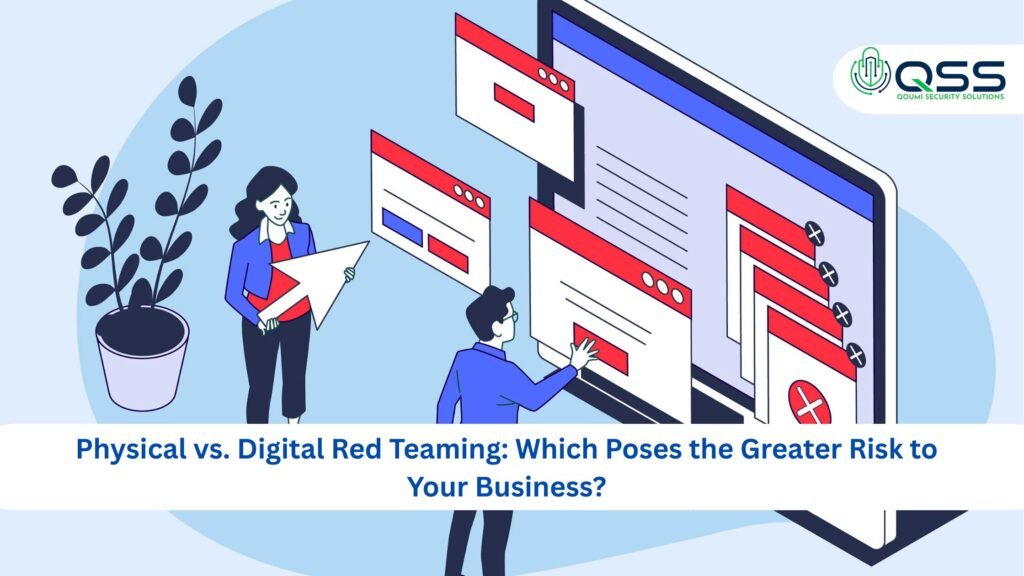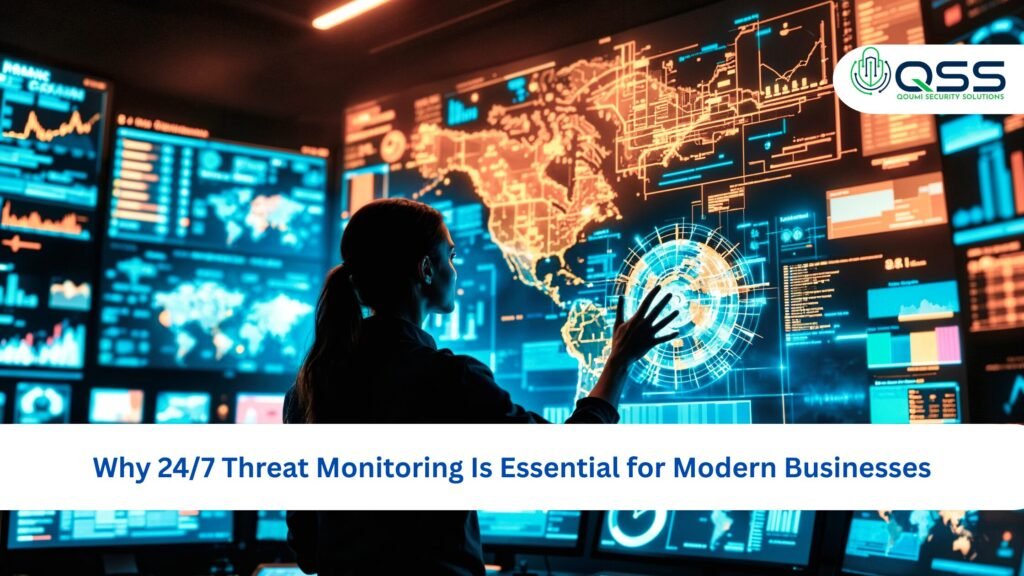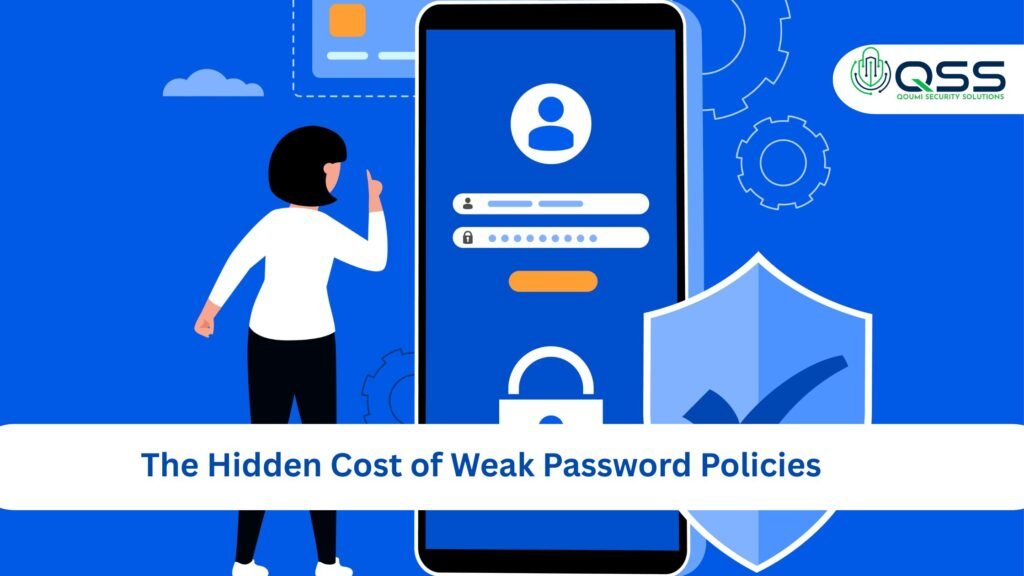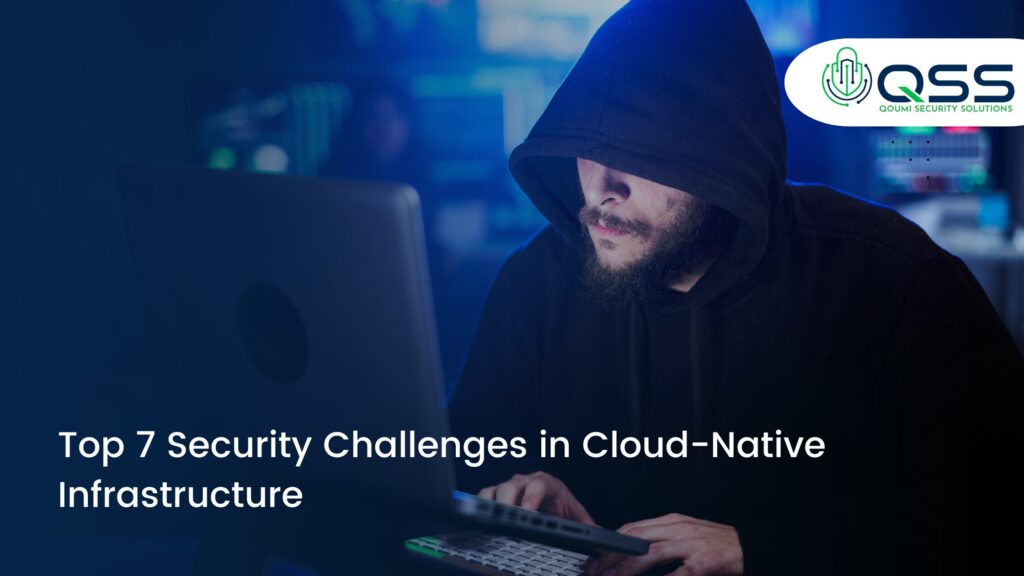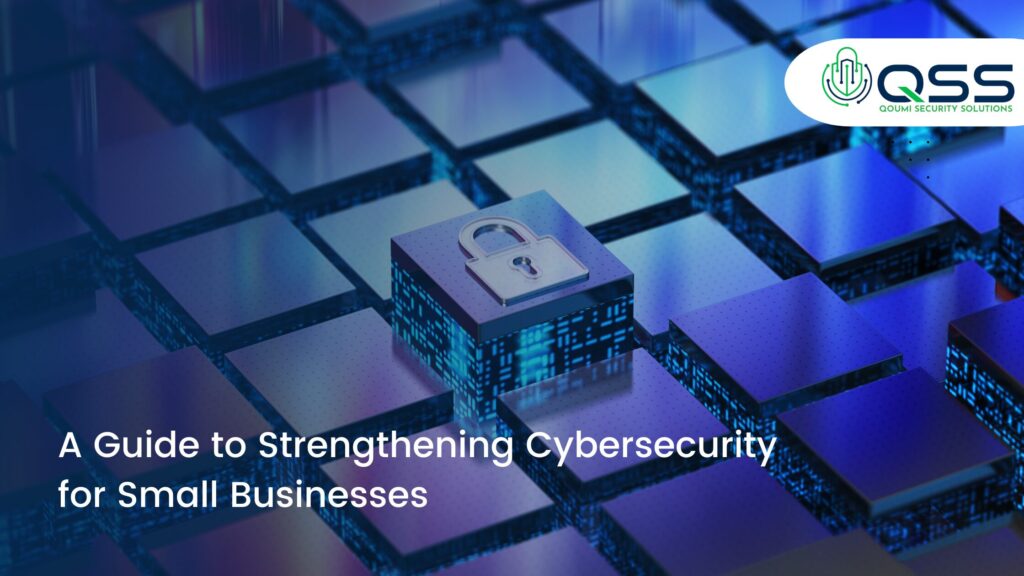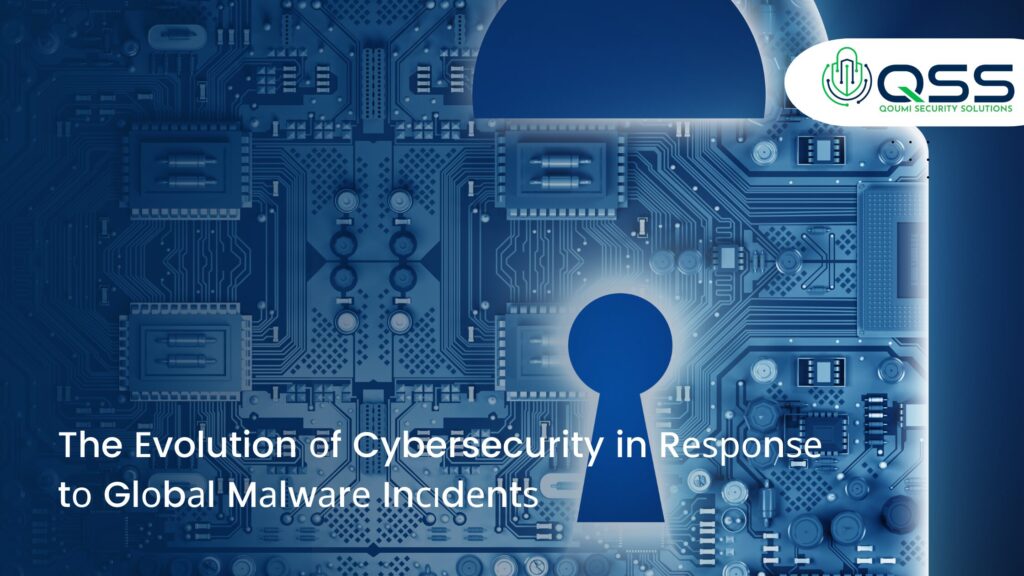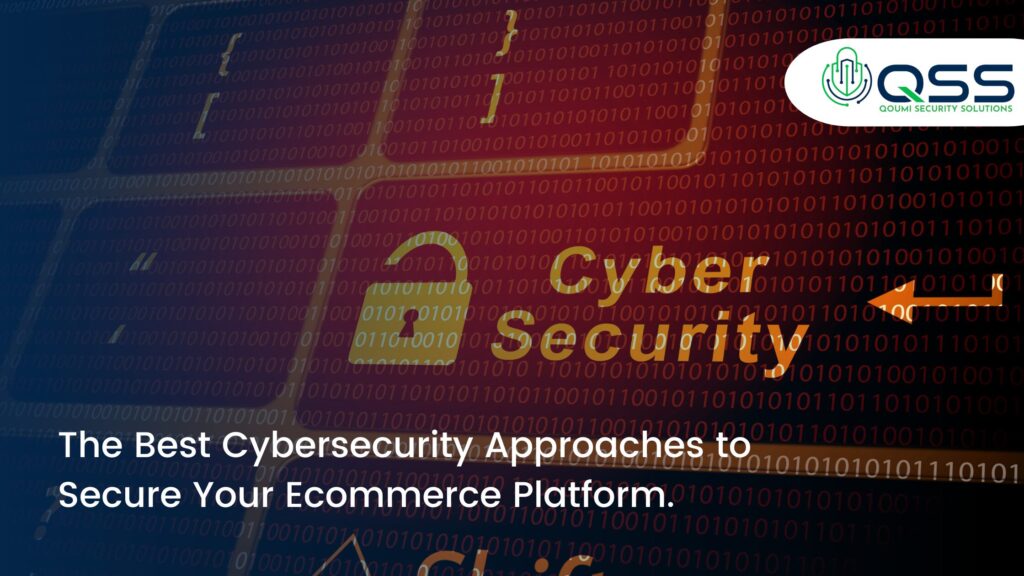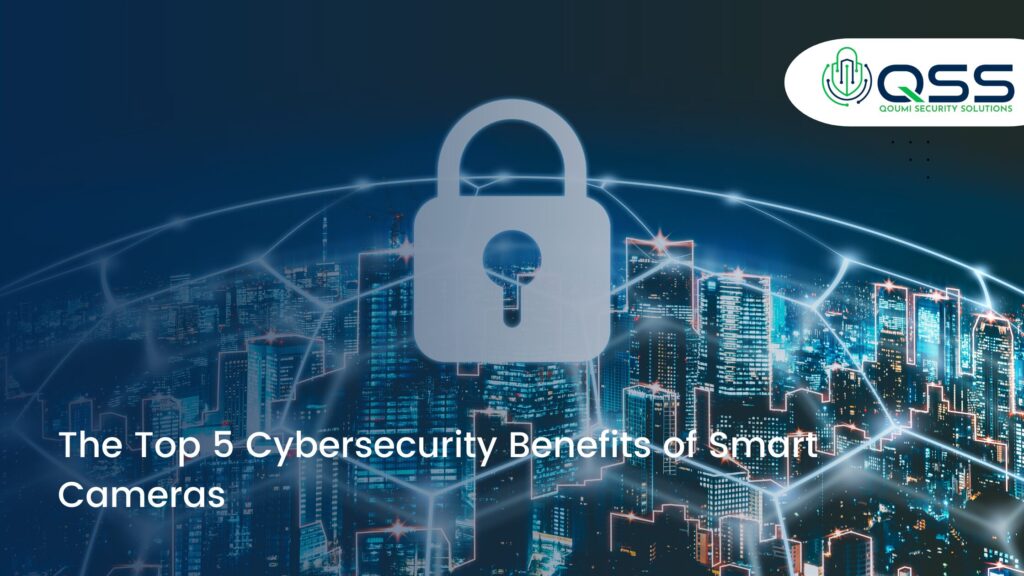What are managed by cybersecurity services?
What are managed by cybersecurity services?
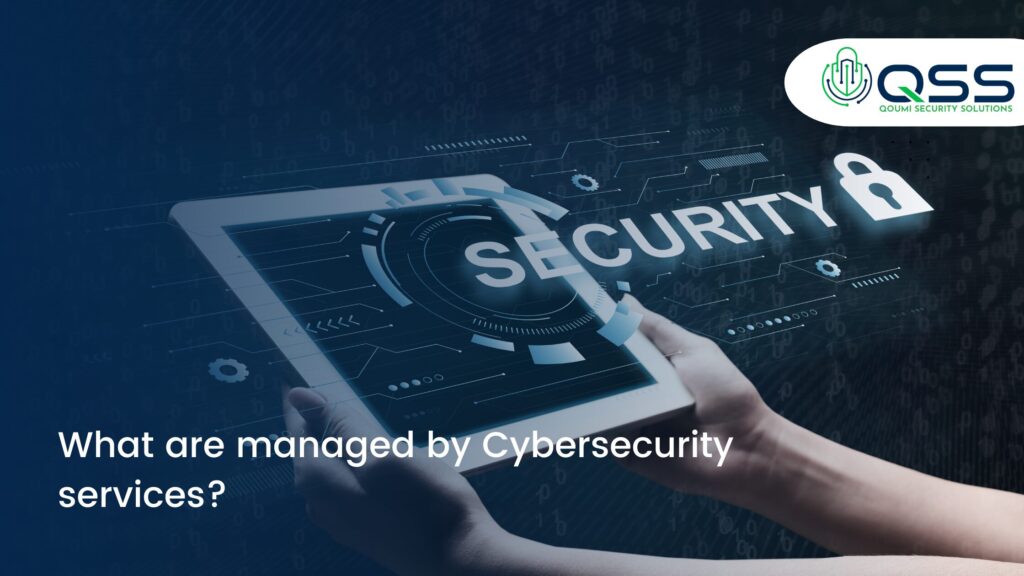
In today’s interconnected world, businesses of all sizes face an increasing number of cyber threats. To protect sensitive data, maintain operational continuity, and comply with regulations, many organizations turn to managed cybersecurity services. But what exactly do these services encompass? Let’s explore the various aspects managed by cybersecurity services and why they are critical for businesses.
- Threat Detection and Monitoring
One of the primary responsibilities of cybersecurity services is continuous monitoring for threats. Cyberattacks can occur at any time, and early detection is crucial for minimizing damage. Managed cybersecurity providers use advanced tools and technologies to:
- Monitor Network Traffic: Identify anomalies that could signal a potential attack.
- Analyze Threat Patterns: Recognize recurring vulnerabilities or attempted breaches.
- Respond in Real-Time: Take immediate action to neutralize threats.
These proactive measures ensure businesses are not caught off guard by malicious activities.
- Data Protection and Encryption
Data is one of the most valuable assets for any business. Managed cybersecurity services ensure data is protected both in transit and at rest through robust encryption techniques. This includes:
- Encrypting Sensitive Information: Preventing unauthorized access to confidential data.
- Secure Backup Solutions: Creating redundant copies of critical data to avoid loss during attacks.
- Access Control: Ensuring only authorized personnel can access sensitive systems.
These practices safeguard data integrity and confidentiality, even in the event of a breach.
- Vulnerability Assessments and Penetration Testing
Regular vulnerability assessments and penetration testing (pen testing) are critical components of managed cybersecurity services. Providers simulate attacks to identify weaknesses in a business’s security framework. This includes:
- Scanning for Vulnerabilities: Detecting outdated software, weak passwords, or misconfigured systems.
- Conducting Penetration Tests: Mimicking real-world attack scenarios to uncover hidden vulnerabilities.
- Providing Actionable Reports: Offering recommendations to address identified risks.
These assessments help organizations stay ahead of cybercriminals by fortifying their defenses.
- Endpoint Security Management
With the rise of remote work and bring-your-own-device (BYOD) policies, endpoint security has become a top priority. Managed cybersecurity services protect endpoints—devices like laptops, smartphones, and tablets—from potential threats. Key measures include:
- Installing Antivirus and Anti-Malware Software: Preventing harmful programs from infiltrating devices.
- Configuring Firewalls: Blocking unauthorized access to sensitive networks.
- Implementing Remote Wipe Capabilities: Ensuring lost or stolen devices don’t compromise security.
Endpoint security management protects the weakest links in an organization’s network.
- Incident Response and Recovery
When a cyberattack occurs, the speed and effectiveness of the response can significantly impact the outcome. Managed cybersecurity services provide incident response and recovery plans to minimize downtime and damage. These services include:
- Identifying the Source of the Breach: Understanding how attackers gained access.
- Containing the Threat: Isolating affected systems to prevent further spread.
- Restoring Operations: Ensuring systems are back online with minimal disruption.
- Post-Incident Analysis: Learning from the attack to prevent future occurrences.
A structured response plan ensures businesses can recover quickly and effectively.
- Compliance Management
Many industries are subject to stringent regulations regarding data security and privacy. Managed cybersecurity services help businesses navigate these requirements and maintain compliance. This includes:
- Conducting Audits: Ensuring systems and practices align with regulatory standards.
- Providing Documentation: Preparing reports required for compliance verification.
- Implementing Necessary Controls: Addressing gaps to meet regulatory mandates.
Compliance management reduces the risk of legal penalties and enhances customer trust.
- Cloud Security
As businesses increasingly migrate operations to the cloud, protecting cloud-based environments has become a core focus of managed cybersecurity services. Providers secure cloud infrastructure by:
- Encrypting Cloud Data: Ensuring data stored in the cloud remains secure.
- Configuring Access Controls: Managing who can access cloud systems and at what level.
- Monitoring Cloud Activity: Detecting unauthorized access or unusual behavior.
Effective cloud security protects businesses from data breaches and misconfigurations in cloud environments.
- Employee Training and Awareness
Human error remains one of the leading causes of cyber incidents. Managed cybersecurity services often include employee training to reduce this risk. Training programs cover:
- Recognizing Phishing Attempts: Helping employees identify fraudulent emails or messages.
- Practicing Secure Behavior: Encouraging the use of strong passwords and secure browsing habits.
- Reporting Suspicious Activity: Empowering employees to act as the first line of defense.
A well-informed workforce is a crucial component of any robust cybersecurity strategy.
- Identity and Access Management (IAM)
Managing who has access to what systems and data is vital for maintaining security. Managed cybersecurity services offer IAM solutions to:
- Verify User Identities: Ensuring users are who they claim to be.
- Grant Role-Based Access: Limiting access based on job responsibilities.
- Monitor Login Activities: Detecting unusual or unauthorized login attempts.
IAM solutions reduce the risk of insider threats and unauthorized access.
- Threat Intelligence and Updates
Cybersecurity is an ever-evolving field, with new threats emerging daily. Managed cybersecurity services provide businesses with the latest threat intelligence and ensure systems are up-to-date. This includes:
- Updating Security Software: Regularly patching vulnerabilities in operating systems and applications.
- Sharing Threat Intelligence: Informing businesses about emerging risks and mitigation strategies.
- Staying Ahead of Trends: Adopting new technologies to address future threats.
These proactive measures ensure businesses remain prepared for evolving cyber risks.
